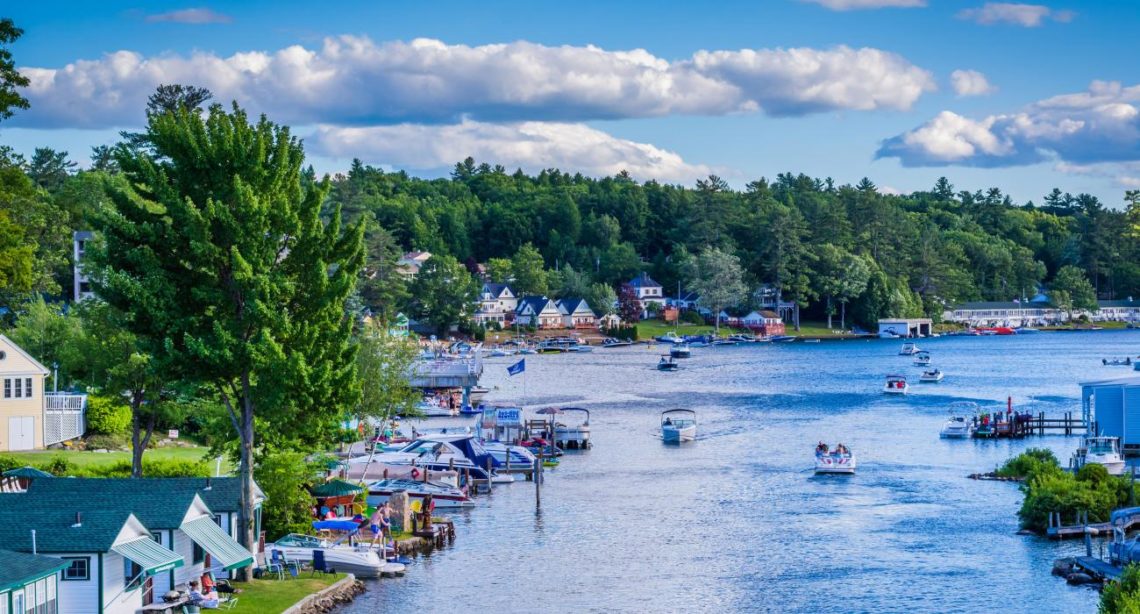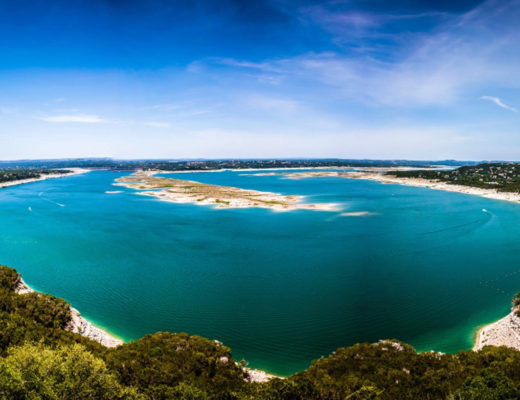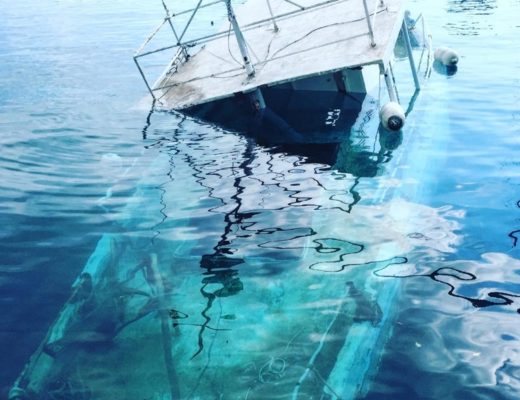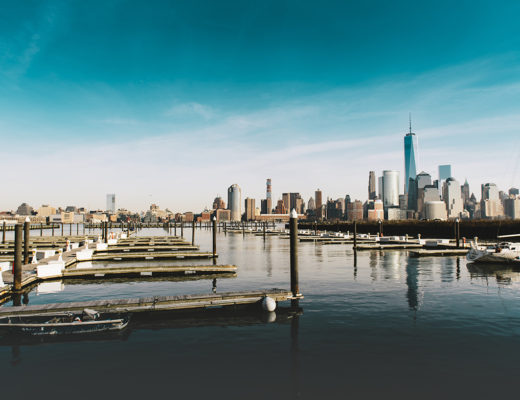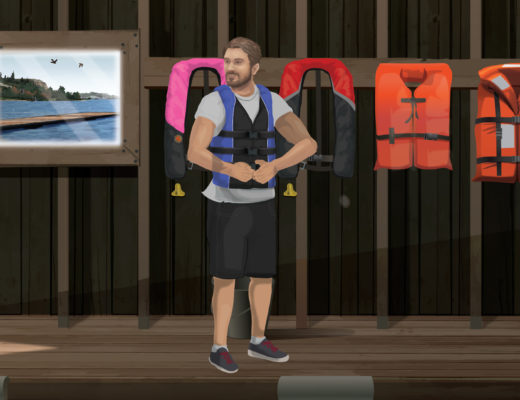New Hampshire Boating Laws: Who needs a New Hampshire Boater Education Card?
According to New Hampshire boating laws, anyone under 16 years of age may operate a vessel powered by a motor of more than 25 horsepower (hp) only if he or she is accompanied by a person 18 years or older who possesses a valid Safe Boating Certificate. Anyone 16 years of age or older may operate a vessel powered by a motor of more than 25 hp or a ski craft ifthey possess a valid Safe Boating Certificate.
New Hampshire Boating License Requirements for Personal Watercraft (PWCS)
Anyone 16 years of age or older may operate a vessel powered by a motor of more than 25 hp or a ski craft if they possess a valid Safe Boating Certificate.
New Hampshire’s Life Jacket Requirements
New Hampshire law requires the following with respect to life jackets (PFDs):
- All vessels must carry one wearable (Type I, II, III, or V) USCG–approved life jacket for each person on board. Type V life jackets must be worn to be acceptable.
- All life jackets must be in good and serviceable condition and must be readily accessible. The life jackets must be of the proper size for the intended wearer. Sizing for life jackets is based on body weight and chest size and can be determined by the manufacturer’s label.
- In addition to the above requirements, vessels 16 feet in length or longer (except canoes and kayaks) must have one Type IV USCG–approved throwable device on board and immediately available.
- Children 12 years of age and younger must wear a USCG–approved life jacket at all times while underway on a vessel, unless the vessel is completely enclosed by railings at least three feet high and constructed such that a small child cannot fall through them. It is strongly recommended that children of all ages wear their life jackets.
- The operator of a “ski craft” must wear a USCG–approved life jacket.
- Each person being towed behind a vessel must wear a USCG–approved life jacket.
- A person using a stand-up paddleboard must have a Type I, II, or III life jacket on board. New Hampshire law requires any person under the age of 13 to wear a life jacket.
Life Jacket Types
TYPE I (Off-Shore Life Jacket) (22 lbs. buoyancy) Best for open, rough or remote water, where rescue may be slow in coming.
TYPE II (Near-Shore Buoyant Vest) (15.5 ibs. buoyancy) Good for calm, inland water, or where there is good chance of fast rescue.
TYPE III (Flotation Aid) (15.5 lbs buoyancy) Good for calm, inland water, or where there is a good chance of fast rescue.
TYPE IV (Throwable Device) For calm, inland water with heavy boat traffic, where help is always nearby.
TYPE V (Hybrid Device) Required to be worn to be counted as a regulation PFD.
Boating and Alcohol in New Hampshire
Any person operating a vessel that is involved in an accident must submit a written accident report to the Division of Safety Services within 15 days after the accident. This is required when anyone is injured or killed or if damage to property exceeds $2,000. If the operator is physically or mentally incapable of making the accident report, it is the responsibility of the owner to prepare the report.
You must follow the above requirements if you are involved in a boating accident.
- It is a Class A misdemeanor to fail to file the accident report or to fail to comply with the requirements that apply when an accident results in property damage.
- It is a Class B felony to give false information about an accident or to fail to comply with the requirements that apply when an accident results in death or personal injury.
New Hampshire DMV Contact Information
For more information about safe boating in New Hampshire, contact the DMV: (877) 770-1778 or [email protected]
